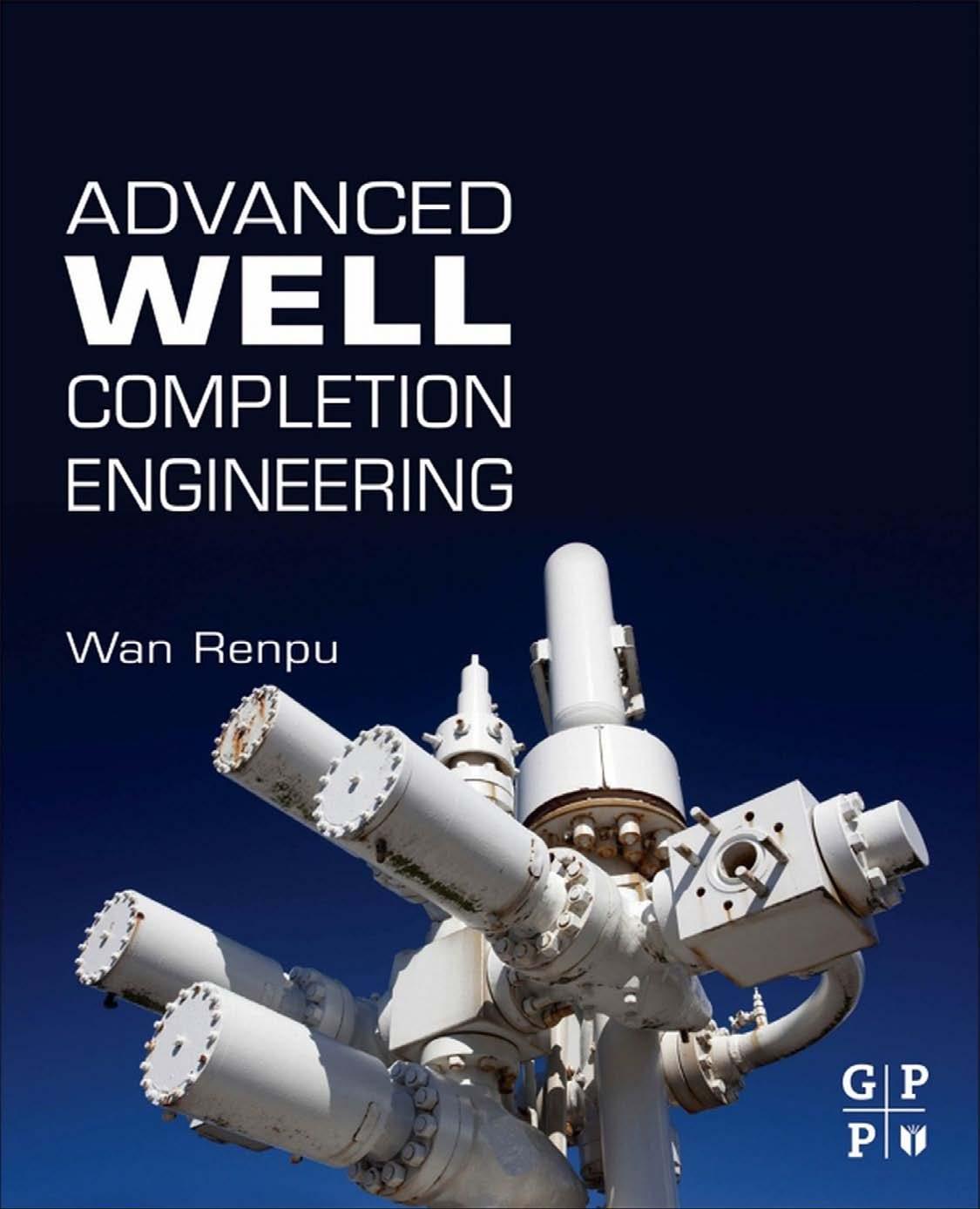Advanced Well Completion Engineering 3rd Edition by Renpu Wan ISBN 0123858690 9780123858696
$70.00 Original price was: $70.00.$35.00Current price is: $35.00.
Instant download Advanced Well Completion Engineering after payment
Advanced Well Completion Engineering 3rd Edition by Renpu Wan – Ebook PDF Instant Download/Delivery: 0123858690 , 978-0123858696
Full dowload Advanced Well Completion Engineering 3rd Edition after payment

Product details:
ISBN 10: 0123858690
ISBN 13: 978-0123858696
Author: Renpu Wan
Once a natural gas or oil well is drilled, and it has been verified that commercially viable, it must be “completed” to allow for the flow of petroleum or natural gas out of the formation and up to the surface. This process includes: casing, pressure and temperature evaluation, and the proper instillation of equipment to ensure an efficient flow out of the well. In recent years, these processes have been greatly enhanced by new technologies. Advanced Well Completion Engineering summarizes and explains these advances while providing expert advice for deploying these new breakthrough engineering systems.
The book has two themes: one, the idea of preventing damage, and preventing formation from drilling into an oil formation to putting the well introduction stage; and two, the utilization of nodal system analysis method, which optimizes the pressure distribution from reservoir to well head, and plays the sensitivity analysis to design the tubing diameters first and then the production casing size, so as to achieve whole system optimization. With this book, drilling and production engineers should be able to improve operational efficiency by applying the latest state of the art technology in all facets of well completion during development drilling-completion and work over operations.
- One of the only books devoted to the key technologies for all major aspects of advanced well completion activities.
- Unique coverage of all aspects of well completion activities based on 25 years in the exploration, production and completion industry.
- Matchless in-depth technical advice for achieving operational excellence with advance solutions.
Advanced Well Completion Engineering 3rd Table of contents:
Chapter 1: Basis of Well Completion Engineering
1.1. Grounds of reservoir geology and reservoir engineering
1.2. Core analysis techniques
1.3. Reservoir sensitivity to fluid and working fluid damage evaluation
1.4. Reservoir stress sensitivity analysis
1.5. In situ stress and mechanical parameters of rock
1.6. Technological grounds of petroleum production engineering
Chapter 2: Well Completion Mode Selection
2.1. Vertical, slant, and directional well completion
Chapter 3: Selection and Determination of Tubing and Production Casing Sizes
3.1. Overview
3.2. Overview of nodal analysis
3.3. Selection and determination of tubing and production casing sizes for flowing wells
3.4. Selection and determination of tubing and production casing sizes for gas wells
3.5. Selection and determination of tubing and production casing sizes for artificial lift wells
3.6. Effects of stimulation on tubing and production casing size selection
3.7. Selection and determination of tubing and production casing sizes for heavy oil and high pour-p
Chapter 4: Completion and Perforating Fluids
4.1. Functions of Drilling and Completion Fluid and Basic Requirements
4.2. Drilling and Completion Fluid Systems and Application
4.3. Shield-Type Temporary Plugging Technique
4.4. Drilling and Completion Fluid for a Complicated Reservoir
4.5. Perforating Fluid
Chapter 5: Production Casing and Cementing
5.1 Basic Requirements for Production Casing Design and Integrity Management of Production Casing
5.2 Hole Structure and Types of Casing
5.3 Strength of Casing and Strength Design of Casing String
5.4 Cementing
5.5 Production Casing and Cementing for Complex Type Wells
Chapter 6: Perforating
6.1. Perforating Technology
6.2. Perforated Well Productivity Influencing Rule Analysis
6.3. Perforating Differential Pressure Design
6.4. Optimizing the Perforation Design
Chapter 7: Well Completion Formation Damage Evaluation
7.1. Overview
7.2. Principle of Formation Damage Evaluation by Well Testing
7.3. Formation Damage Diagnosis of Homogeneous Reservoir by Graphic Characteristics
7.4. Graphic Characteristics of a Dual Porosity Reservoir and a Reservoir with a Hydraulically Creat
7.5. Distinguishing Effectiveness of Stimulation by Graphic Characteristics
7.6. Quantitative Interpretation of Degree of Formation Damage
7.7. Well Logging Evaluation of Formation Damage Depth
Chapter 8: Measures for Putting a Well into Production
8.1. Preparations before Putting a Well into Production
8.2. Main Measures for Putting the Well into Production
8.3. Physical and Chemical Blocking Removal
8.4. Hydraulic Fracturing for Putting a Well into Production
8.5. Acidizing for Putting a Well into Production
8.6. High-Energy Gas Fracturing for Putting a Well into Production
8.7. Flowing Back
Chapter 9: Well Completion Tubing String
9.1. Oil Well Completion Tubing String
9.2. Gas Well Completion Tubing String
9.3. Separate-Layer Water Injection String
9.4. Heavy Oil Production Tubing String
9.5. Completion Tubing String Safety System
9.6. Tubing String Mechanics
Chapter 10: Wellhead Assembly
10.1. Oil-Well Christmas Tree and Tubinghead
10.2. Gas-Well Christmas Tree and Tubinghead
10.3. Water Injection and Thermal Production Wellhead Assembly
10.4. Common Components of a Wellhead Assembly
Chapter 11: Oil and Gas Well Corrosion and Corrosion Prevention
11.1. Related Calculation of Oil and Gas Well Corrosion
11.2. Oil and Gas Well Corrosion Mechanisms and Classification
11.3. Material Selection for Corrosive Environment of Oil and Gas Wells
11.4. Oil and Gas Well Corrosion Prevention Design
11.5. Tubing and Casing Corrosion Prevention for Sour Gas Reservoirs
People also search for Advanced Well Completion Engineering 3rd:
advanced well completion engineering pdf
well completion engineer job description
what is advanced engineering
a advanced septic and construction


